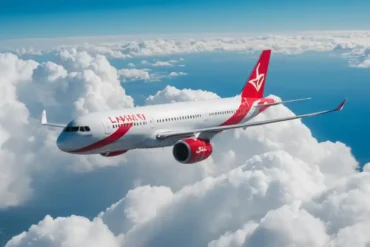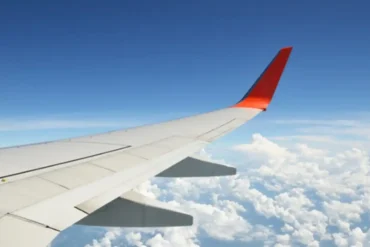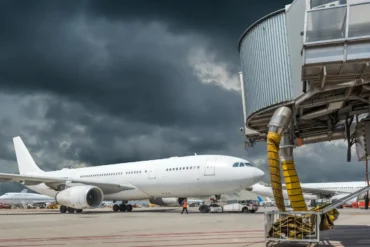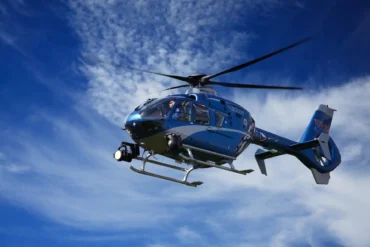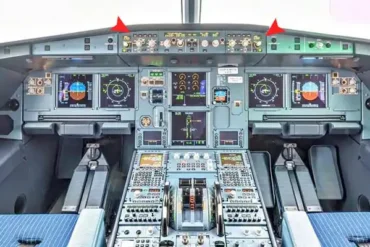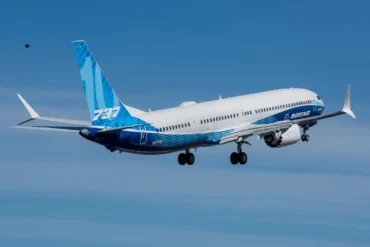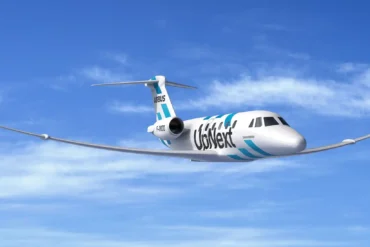Hey there, travel buddies! If the idea of changing up your travel plans to reach your destination sooner sounds like a dream come true, I’ve got something super exciting to share with you – the world of flying standby! Today, I’ll be your trusty guide and walk you through the ins and outs of this fun travel hack, explaining why it might just be a game-changer for your next adventure.
From the basics of how standby works to the actual costs involved, I’ll cover everything you need to know before taking to the skies.
Understanding Standby Flying
Flying standby essentially means holding an unconfirmed ticket, allowing you to hang out at the gate and wait patiently for an available seat on a flight. Usually, airlines require you to have a paid ticket for a later flight on the same day. However, airline employees and their friends or family members might be able to fly standby without purchasing additional tickets.
Reasons to Consider Flying Standby
For many savvy travelers, flying standby remains a hidden gem of air travel. Often overlooked or misunderstood, there are some pretty compelling reasons why you might want to explore this option:
Flexibility to Arrive Earlier at Your Destination
Whether you’re feeling a bit constrained by your original booking or you want to beat an impending storm, flying standby offers the flexibility to switch to an earlier flight if seats become available. Imagine that – getting to your destination sooner than planned!
Alternative Travel After Flight Cancellation
In the unfortunate event of a canceled flight, requesting standby status for an earlier flight can sometimes expedite your journey, even if it means waiting patiently for an open seat. It’s better than being stuck at the airport, right?
Navigating Airport Chaos During Peak Times
Amidst busy travel seasons or inclement weather, flights can fill up rapidly, leading to gate reassignments or even denied boarding for ticketed passengers. By opting for standby, you might just gain access to alternate flights and ensure you reach your destination as planned, without too much fuss.
Who Can Fly Standby?
Contrary to popular belief, flying standby isn’t exclusive to airline employees and their companions. While they do make up the primary standby passengers, this option is also available to non-employees seeking to switch to a different flight than the one they originally booked.
Understanding the Difference from a ‘Buddy Pass’
No, no, flying standby is not the same as using a ‘Buddy Pass.’ In the past, airlines issued these ‘Buddy Passes’ to employees for distribution among friends and family, offering discounted standby tickets. However, these passes often led to misunderstandings, as passengers expected confirmed seats. Nowadays, airline employees usually share ‘Friends & Family’ discount codes, providing genuine confirmed seats with no ambiguity.
What Are the Costs Associated with Flying Standby?
Flying standby can sometimes be cost-free if airlines seek to adjust passenger loads during peak seasons. However, in cases where airlines don’t explicitly offer complimentary standby options, the typical cost ranges between $25 and $100, with an average around $75. Not too steep, right?
Understanding Standby Flight Chances
Okay, let’s be real here – there are no guarantees when it comes to standby travel. Securing a seat depends on various factors, including seat availability and passenger no-shows. While ample open seats might increase your odds, a full or overbooked flight could leave you waiting patiently for a last-minute opportunity to board.
But hey, a little politeness can go a long way! Showing courtesy, especially to the gate agents, might just expedite your journey onto the plane, potentially before less considerate passengers.
Standby Travel with Checked Bags
While it’s usually permissible to fly standby with checked baggage, it’s advisable to opt for carry-on luggage whenever possible. The ability to travel light enhances your agility and improves your chances of securing a seat swiftly.
Given the potential for unexpected connections in standby travel, traveling without checked luggage simplifies the process. Gate agents often prefer passengers without checked bags, as it streamlines the boarding procedures.
Dress Code Considerations
For airline employees and their companions, adhering to a neat dress code is customary. Although dress code requirements have relaxed over time, many airlines still expect employees and their guests to maintain a polished appearance in exchange for those discounted fares.
While attire is less critical for regular passengers flying standby, dressing neatly can still make a positive impression. Although most agents might not mind casual attire, dressing respectfully can potentially increase your chances of boarding.
Standby Travel for Families
Families with young children can fly standby, but adaptability is essential. You’ll want to consider your children’s tolerance for potential delays and their ability to manage during extended waits.
Age plays a significant role in the feasibility of standby travel for families. Splitting up may be necessary if seats are limited, with younger children requiring supervision from airline staff.
Seating arrangements might not always accommodate families, necessitating children to sit independently. Preparing your kiddos for potential solo seating and equipping them with necessary items can help ease the process.
Flying Standby Made Easy: Handy Tips
1. Communication with Your Airline
Don’t be shy – inquire about the option to purchase a standby ticket or if a confirmed ticket is necessary, possibly within the same day. Express your understanding of standby travel and your interest in seizing the opportunity if available.
2. Travel Light
Opt for carrying your luggage onboard instead of checking it. Standby journeys may lead to uncertain destinations, making it preferable to have your belongings with you at all times.
3. Dress Appropriately
Strive for a balance between comfort and neatness. Avoid overly formal attire, but aim to present yourself as a well-groomed individual capable of seamlessly occupying an empty seat.
4. Courtesy Counts
Employ courteous language like “Please,” “Thank you,” and “I really appreciate it,” particularly in stressful situations. Building rapport with airline staff, especially ticket and gate agents, can significantly enhance your experience.
5. Stay Organized
Keep essential documents like your passport or ID readily accessible to avoid rummaging through your bag. Memorize the flight numbers of your desired flights and keep any necessary print-outs neatly organized.
6. Embrace Flexibility
Accept the possibility of a non-direct route from your departure to destination airport. Flexibility may involve taking connecting flights, potentially reducing your overall travel time.
7. Early Birds Catch the Quiet Flights
Morning flights, departing around 6 a.m., tend to be less crowded as many passengers prefer later departure times. Capitalize on the tranquility of early flights for better standby chances, with the added benefit of having the rest of the day for alternative options.
8. Graciously Accept Available Seats
Embrace any seat offered to you, regardless of its location or amenities. The essence of flying standby lies in seizing the opportunity to board a flight, irrespective of seat preferences.
Traveling standby internationally soon? Remember to plan ahead for mobile connectivity upon arrival. If your phone supports eSIMs (digital SIM cards), consider downloading a local SIM card and opting for prepaid data packages to ensure uninterrupted internet access during your trip.

